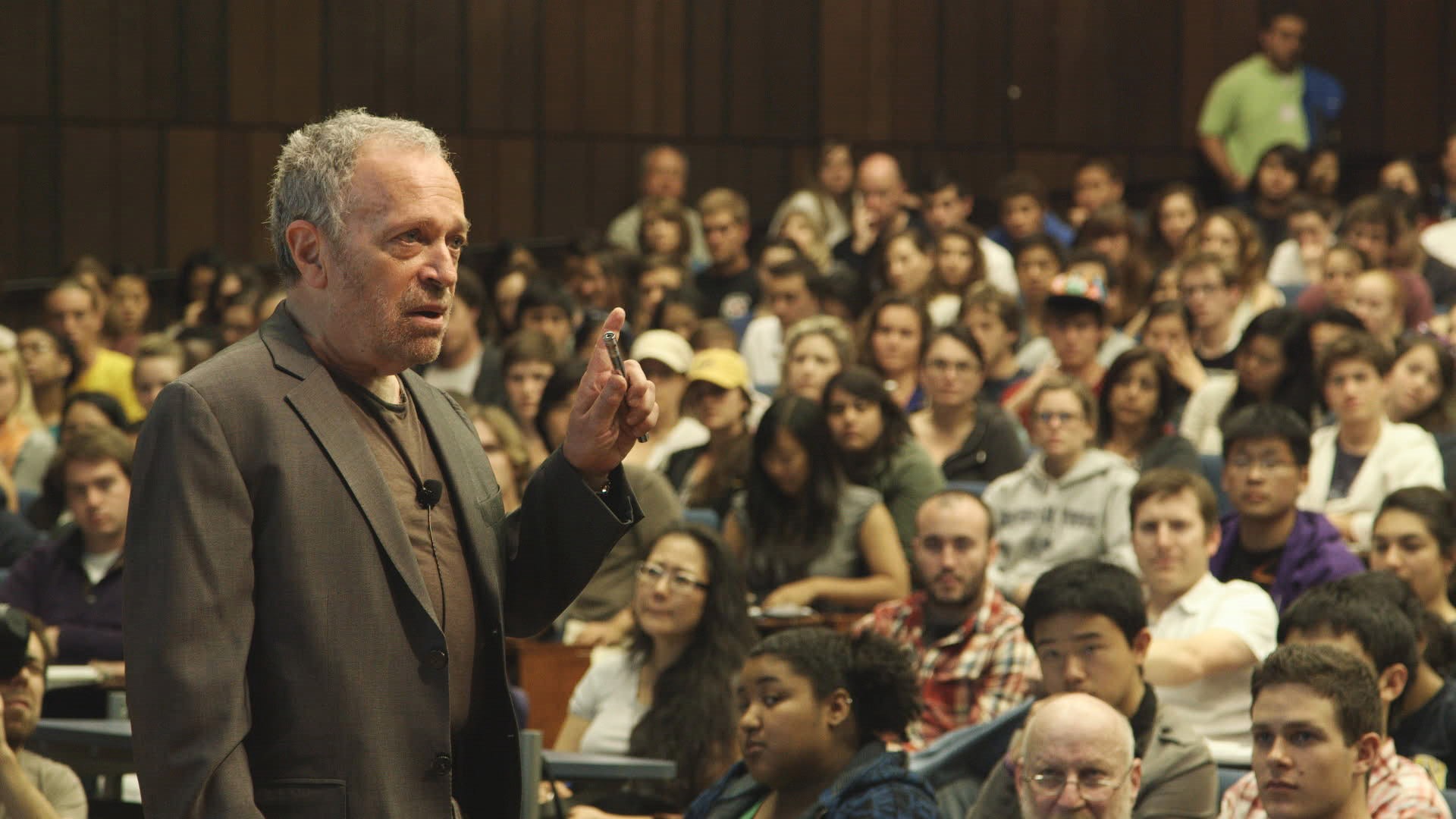In 1990, Kevin Phillips, a former Nixon speechwriter, published The Politics of Rich and Poor: Wealth and the American Electorate in the Reagan Aftermath. His book was a prescient warning about accelerating income and wealth inequalities in the U.S.
In the ensuing two decades, a genre of research has documented how extreme inequality is undermining our democratic institutions, civic culture, public health, social mobility and economic stability.
| Since the mid-1970s, the gap between America’s very rich and everyone else has accelerated. The top 10 percent of income earners took home more than 50 percent of all income in 2012, the highest share recorded since 1917. The richest 400 individuals now possess half the nation’s privately owned wealth. |
A welcome addition to the “inequality matters” case is a new documentary with a compelling narrative and Hollywood backing. Inequality for All, directed by Jacob Kornbluth, stars former Labor Secretary Robert Reich as an animated and trustworthy guide to our national wealth-gap predicament.
Since the mid-1970s, the gap between America’s very rich and everyone else has accelerated. Reich drops by the University of California office of his colleague, economist Emmanuel Saez, to chat about the trends. According to Saez’s most recent research, the top 10 percent of income earners took home more than 50 percent of all income in 2012, the highest share recorded since 1917. The film includes top notch visuals illustrating the dizzying concentration of wealth in the hands of a few, with the richest 400 individuals now possessing half the nation’s privately owned wealth.
We travel to union halls, formal lectures, and informal conversations with low-wage and middle-class workers struggling to make it in America. As Reich lectures to an auditorium of Berkeley students, he underscores how three decades of extreme inequality has eroded social mobility and our middle class standard of living. One of his students, tears streaming down her eyes behind sunglasses, confesses how scary it is to be a parent and have less than a $100 cushion in her bank account.
Affluent families, Reich reminds us, make investments that give their children a leg up, including private schools, tutoring, enrichment experiences, and unpaid internships. Meanwhile, youth without family subsidies are falling behind, exacerbated by the economic downturn and cuts in public investments that foster opportunity. We are witnessing accelerating advantages for the wealthy and compounding disadvantages for everyone else.
Another star of the film is Seattle venture capitalist Nick Hanauer, who explains the benefits of a “middle out” economic program, policies that broaden middle-class opportunity. Hanauer was an early investor in Amazon.com but also manages his family’s pillow-making business. On a factory tour, he explains how “middle out” policies would be good for businesses like his that depend on middle-class consumers having disposable income. Hanauer underscores that “inequality is bad for everyone,” that the collapsing middle-class standard of living is undermining healthy economic growth and prosperity, including for people like himself in the top 1 percent of wealth holders.
What prevents Inequality for All from completely sinking viewers into despair is Reich’s humor and hope for the possibilities for change. Born with Fairbanks disease, a rare condition that limits growth, Reich is four foot ten inches tall. The film intersperses Reich in his Mini-Cooper (“me and my car are in proportion”), standing on a riser at the speaker’s lectern (“I’ve been asked to be short”), and debating the six-and-a-half-foot-tall former Senator Alan Simpson on their talk show “The Long and the Short of It.”
In one of the film’s most powerful moments, Reich tells students at a rally that as a young boy he was bullied by bigger boys because of his height. The protective older student who stood by him was Michael Schwerner, who was later murdered by the Ku Klux Klan along with two other civil rights workers in Mississippi. This deeply moved Reich and he vowed to work to protect workers from the Wall Street bullies who would beat them up economically.
When Reich is asked what nation does it better, he replies, “the United States of America in the decades after World War Two.” He talks about the post-war investments that broadened middle-class prosperity, including the GI Bill, mortgage subsidies, and investments in higher education.
The film sidesteps the legacy of racism and the unique challenges of the racial wealth divide. Because of discrimination, “middle out” economic policies after World War II bypassed people of color, leaving persistent gaps in homeownership rates and net worth.
And it implies that we can simply stoke up middle class consumption to reduce inequality without any consideration of the ecological limits to growth in our economy.
Reich believes the level of inequality in the United States is approaching a “tipping point” that will unleash a populist political movement to reverse wealth disparities and institute policies to broaden opportunity for all.
The “Occupy” movement was one sign of deep discontent with inequality. Inequality for All is the best popular documentary yet to prime a national conversation and spark a movement waiting to happen.
Chuck Collins is a senior scholar at the Institute for Policy Studies where he co-edits inequality.org, a portal for commentary, analysis and data. He is author of 99 to 1: How Wealth Inequality is Wrecking the World and What We Can Do About It.



0 Comments